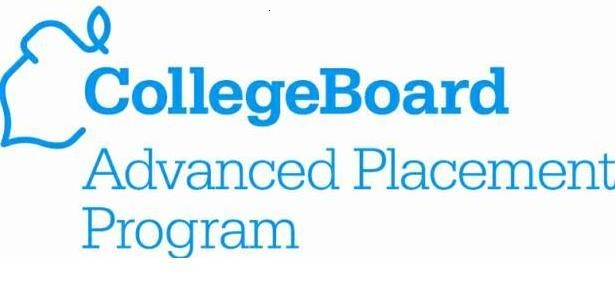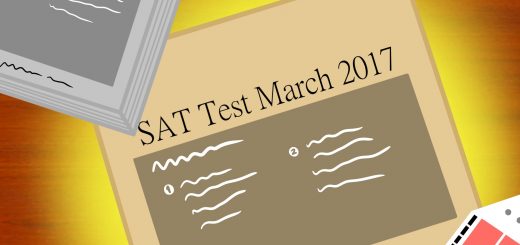Changes to the AP program
 From WikiMedia under Creative Commons
From WikiMedia under Creative Commons
The College Board and District 211 made changes to the Advanced Placement (AP) program at the end of the 2018-2019 school year, resulting in mixed opinions from students and teachers.
The AP program, according to the College Board website, is a way for high school students to take college-level classes and possibly earn college credits. In previous years during the month of March, students had the option to register for an exam in May for potential college credit. This year, registration began October 21 and ends on November 1.
The College Board piloted fall registration with 40,000 students during the 2017-2018 school year and reported that earlier registration increased scores across multiple groups, such as underrepresented minority groups, low-income students, and female STEM students.
AP United States History teacher David Wolf said, “When the registration was in March, students were still debating on whether they should take the test. But now, the early registration causes students to work hard because they put the money in and if they don’t take the tests, they have to pay a cancellation fee.”
While this may be true, students, especially seniors, feel that an earlier deadline for registration creates more stress. When asked about the earlier registration, Daniella Untivero, ‘20, said, “Because it’s earlier, it gives students less time to decide if they want to take the test.”
This registration change has also complicated the college application process. In past years, seniors frequently knew which college they were going to attend and that college’s AP policy by the time registration began. This allowed seniors to possibly save money by not taking a test that their college may not accept. Now, as Henry Wang, 20, said, “We don’t know what credits our college will accept.”
In earlier years, students also had the option of registering for the AP exams in May. District 211 changed the registration system from an ‘opt-in’ to an ‘opt-out’ system, also changing the way for a student to ‘opt-out’ of a test. If a student doesn’t want to take an AP exam, they must tell their teacher, who then tells J.C. Brown, AP coordinator at Conant. Brown then manually changes the registration for the student.
According to Brown, “The school district had a choice of making students take the test automatically, or keeping it an option for students to choose ‘yes’ or ‘no.’ The bad part [about an option], which we heard from school districts that were piloting it last year, was that kids who didn’t change it to ‘yes’ or ‘no’ would automatically be registered for a test. We thought the better idea was to just make everybody a ‘yes,’ order the exams, and then manually change it for kids not taking the exam.”
Not all students see these changes as problematic. Adya Verma, ‘21, said, “I feel like it’s a great change because now people who were scared of taking AP classes can try them, and it’ll push more people to do it and challenge themselves.”




Recent Comments